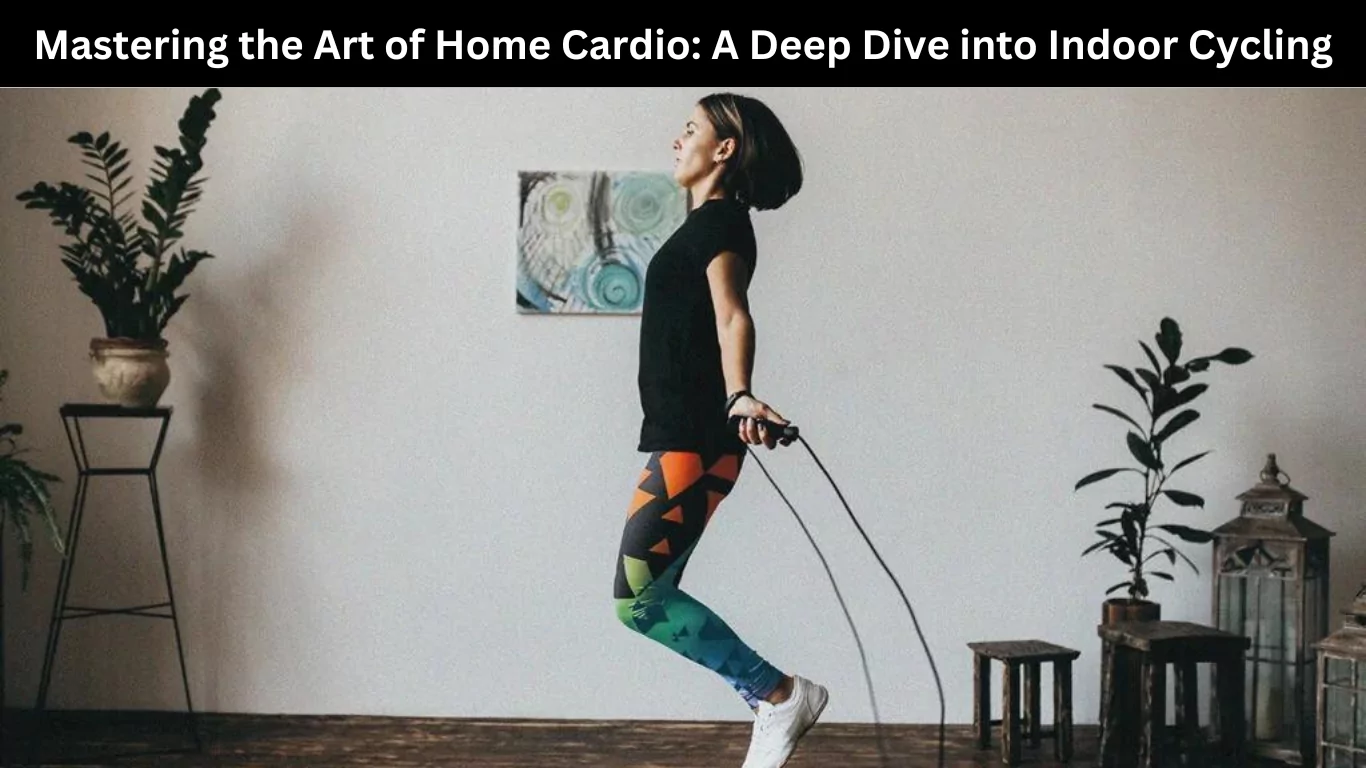Cardiovascular exercise has always played a pivotal role in the quest for optimal health and fitness. From running and swimming to aerobics and cycling, various forms of cardiovascular workouts cater to different preferences and fitness levels. Among these, indoor cycling on an upright exercise bike has gained significant attention for its convenience and effectiveness, especially at home. This article will take a comprehensive look at the art of vertical cycling and delve into mastering the techniques that make it a workout powerhouse.
Understanding Vertical Cycling: The Basics
Vertical cycling, often referred to as stationary or indoor cycling, involves pedalling on a stationary bicycle that closely mimics the experience of riding a traditional bike outdoors. While most indoor cycling classes focus on intense cardio workouts, the beauty of vertical cycling lies in its adaptability for individuals of all fitness levels. Whether you’re a seasoned cyclist or a beginner, the techniques remain universal.
Mastering Vertical Cycling Techniques
Perfecting Your Form
Proper Bike Setup: Before pedalling, ensure your bike is adjusted to your body proportions. Stand next to the bike and adjust the saddle height to align with your hip bone. The saddle’s horizontal position should allow a slight bend in your knee when the pedal is at its lowest point. Adjust the handlebars so they’re at a comfortable height without straining your back.
Body Posture: Maintain a neutral spine throughout the workout. Engage your core muscles to stabilise your upper body. Keep your shoulders relaxed and down. Avoid gripping the handlebars too tightly, as this can cause unnecessary tension in your upper body.
Finding Your Rhythm
Cadence and Resistance: Cadence refers to the speed at which you pedal; it is measured in revolutions per minute (RPM). Experiment with different cadences to find your sweet spot. Begin with a moderate resistance and gradually increase it as you build strength. An 80-100 RPM cadence is a good starting point for most beginners.
Breathing: Consistent and controlled breathing is essential. You should inhale through your nose and exhale through your mouth. Match your breath to your pedal strokes to create a rhythm that supports your effort.
Crafting Effective Workouts
Warm-up and Cool-down: It is advisable to begin each session with a 5-10 minute warm-up at a comfortable pace. This helps prepare your muscles for further workouts. After your main workout, cool down with gentle pedalling and stretches to prevent muscle soreness.
Interval Training: Incorporating intervals into your cycling routine can enhance cardiovascular fitness and burn more calories. Alternate between periods of high intensity (increased resistance and faster cadence) and lower intensity (reduced resistance and steady cadence).
Progressive Overload: To continue reaping the benefits of stationary cycling, progressively challenge yourself. Gradually increase resistance, duration, or intensity as your fitness improves. This prevents plateauing and ensures consistent progress.
Monitoring and Safety
Listen to Your Body: Pay attention to how your body responds during the workout. If you experience excessive pain, dizziness, or shortness of breath, it’s important to stop and seek medical advice if necessary.
Hydration: Keep a water bottle within reach to stay hydrated throughout your session. Proper hydration supports your performance and recovery.
Proper Attire: Wear moisture-wicking clothing and appropriate footwear. Invest in padded cycling shorts for added comfort during longer rides.
Upright exercise bike offers a dynamic cardiovascular workout that can be easily integrated into your fitness routine. By mastering the techniques discussed above, you can turn your home into a hub of health and wellness. Remember, consistency and gradual progression are key. With time and dedication, you’ll conquer new fitness levels and reap the rewards of this invigorating exercise. So, hop on your stationary bike, follow these guidelines, and embark on mastering the art of home cardio through vertical cycling.
